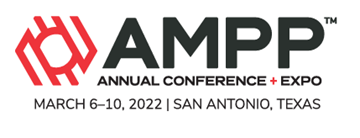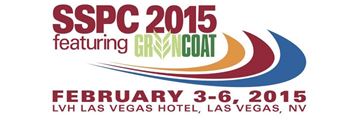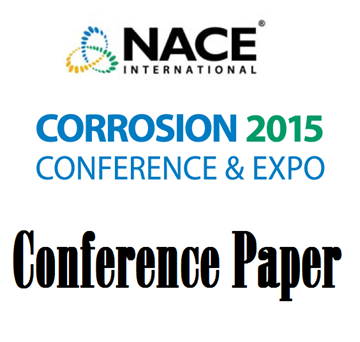Search
Individual Conference Papers
View as
Sort by
Display
per page
Equivalent Circuit Model Fitting in Electrochemical Impedance Spectroscopy (EIS) for Protective Coating Evaluations
Product Number:
51321-16267-SG
Publication Date:
2021
$20.00
Erosion and Corrosion Assessment of Type 304L Stainless Steel Jumper Removed from Nuclear Waste Transfer Service
Product Number:
51324-20634-SG
Publication Date:
2024
$40.00
Erosion Behavioral Study for High Nickel Alloys
Product Number:
51324-20638-SG
Publication Date:
2024
$40.00
Erosion Corrosion Phenomena In Oil And Gas Facilities: Evaluation And Monitoring
Product Number:
51322-17665-SG
Publication Date:
2022
$20.00
Erosion Resistance Testing for Abrasion and Cavitation Resistant Coatings
Product Number:
41215-910-SG
Publication Date:
2015
$20.00
Erosion/Corrosion of Duplex Stainless Steel in Sweet Production with Sand Versus CaCO3
Product Number:
51323-19394-SG
Publication Date:
2023
$20.00
Erosion-Corrosion Assessment of CR White Irons
Product Number:
51321-16478-SG
Publication Date:
2021
$20.00
Erosion-Corrosion Study of Oilfield Materials Due to Liquid Impact
Product Number:
51315-6136-SG
ISBN:
6136 2015 CP
Publication Date:
2015
$20.00
ESG and PHMSA’s Mega Rule Have Necessitated Advancements in Hydrotesting and Abandonment of Offshore and Onshore Pipelines
Product Number:
51323-18982-SG
Publication Date:
2023
$20.00
Establishing Internal Corrosion Prediction Model and Inline Inspection (ILI) Correlation
Product Number:
51324-20703-SG
Publication Date:
2024
$40.00
Estimating Color Fade of PVDF-Based Topcoats for ‘Bright Color’ Architectural Restoration and Protective Coating Applications
Product Number:
51217-082-SG
Publication Date:
2017
$20.00












